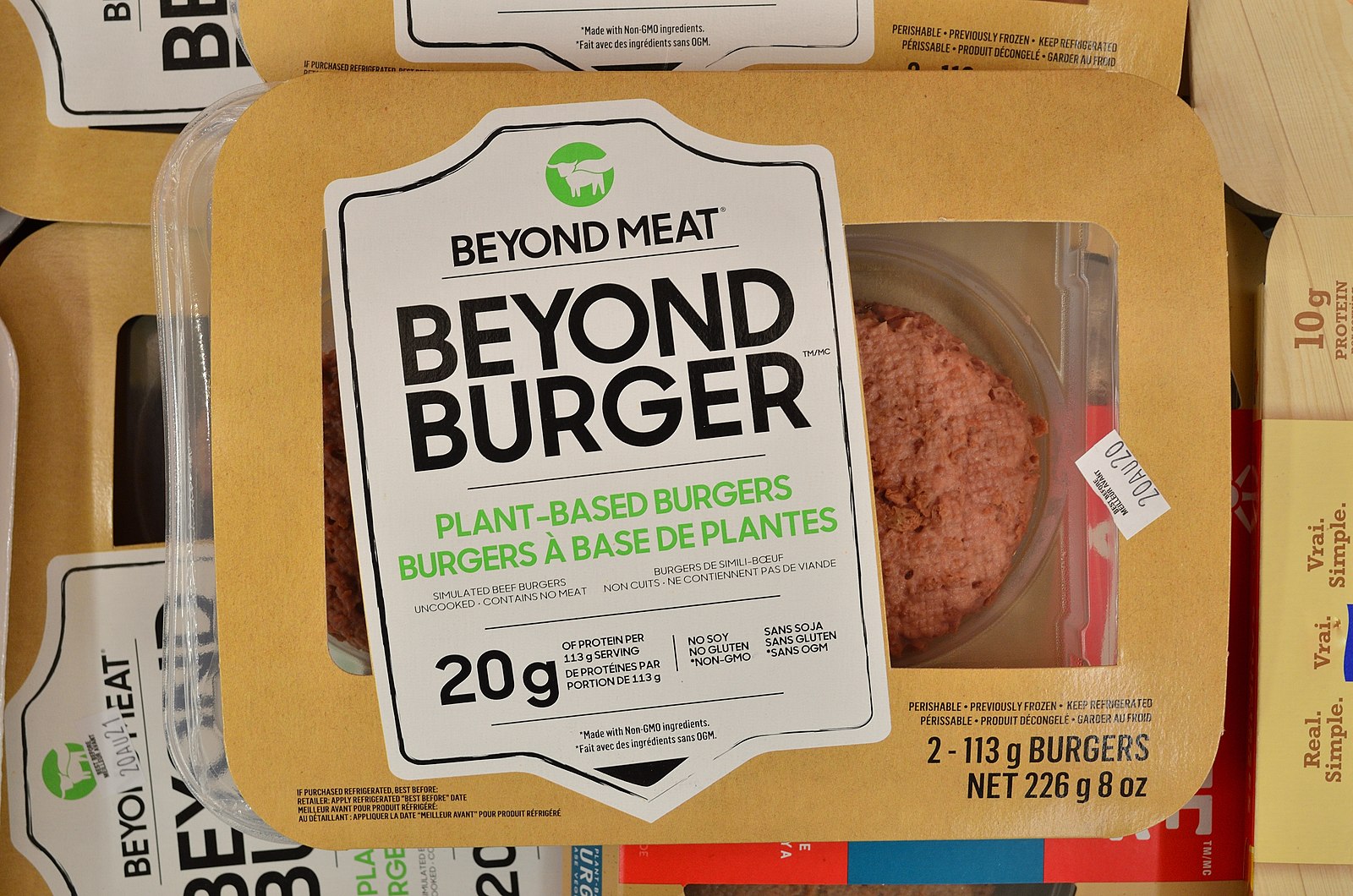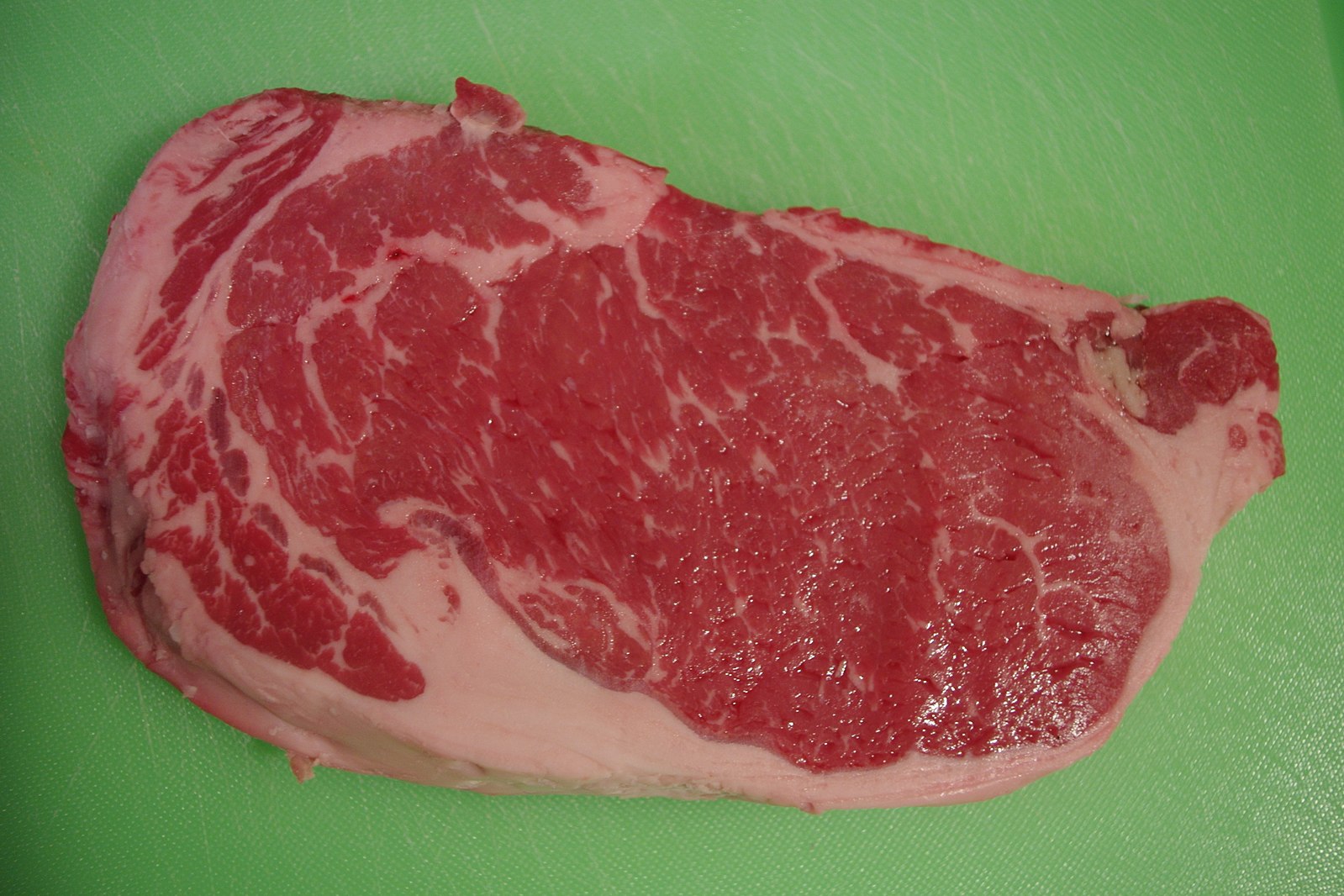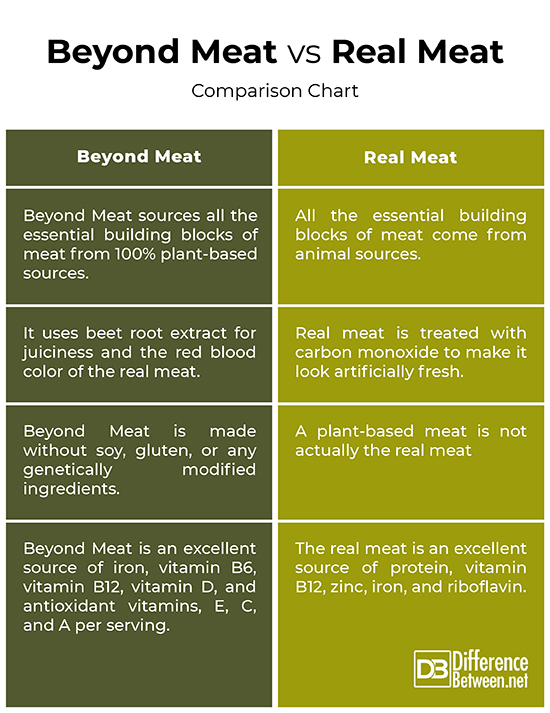Difference Between Beyond Meat and Real Meat
With the rising concerns surrounding the consumption of real meat, people are looking for plant-based meat alternatives, such as Beyond Meat, that look and taste like the real thing and also contain the similar nutrient composition. But the question is – which one’s better, Beyond Meat or the real meat?

What is Beyond Meat?
Beyond Meat is a producer of plant-based vegan meat that makes everything from breakfast sausages to burgers, meatballs and brats, from strictly plant-based ingredients – without GMOs. Basically a Los Angeles-based company, Beyond Meat aims to minimize animal cruelty as much as possible by encouraging people to consume meatless meat that are completely plant-based, healthy, delicious, and environment friendly. Beyond Meat’s meatless meat products are sold in the frozen section of over 35,000 grocery stores and whole food markets in the United States. The idea is to produce animal free and environmentally superior alternative to real meat, but without compromising the real taste and flavor of the real meat. Beyond Meat is made of plant-based sources, such as pea protein, canola oil, water, refined coconut oil, and many seasonings.

What is a Real Meat?
Mock meat or fake meat have progressed way beyond our imagination, making the transition easier for those who want an option that mimics the real thing but minus the animal cruelty. But, the meat industry has also been raising health concerns about plant based meat substitutes like Beyond Meat, which are designed to mimic the real meat. Although, people are going meatless by reducing their dependency on meat products, the true meat lovers find it difficult to get the same taste and texture in the plant-based meat. In addition, the plant-based meat substitutes do not necessarily have the same amount of nutrients compared to the real thing. The real thing is an excellent source of protein, vitamin B12, zinc, iron, and riboflavin.
Difference between Beyond Meat and Real Meat
Ingredients
Beyond Meat replicates the authentic meat experience without sacrificing the taste of the real meat. Beyond Meat is a healthier plant-based meat substitute that not only looks but tastes like the real thing. It does that by replacing animal protein with pea protein, which is the cheapest form of plan protein. Other main ingredients are water, expeller-based canola oil, refined coconut oil, brown rice, and faba beans, and other natural flavors.
Nutritional Value
Although, the plant based alternative and the real meat look and taste fairly similar, but there are subtle differences between the two when it comes to nutritional value. Beyond Meat is a healthy plant based substitute for the real meat made without soy, gluten, or GMOs. Beyond Burgers are excellent source of iron, vitamin B6, vitamin B12, vitamin D, and antioxidant vitamins, E, C, and A per serving. In addition, the meat substitutes are believed to be a good source of fiber and folate, and contain less saturated fat than the real thing.
Beyond Meat vs. Real Meat: Comparison Chart

Summary
The plant based ingredients give Beyond Meat’s products the same versatility, same texture and the juiciness of the real meat. Beyond Meat is strictly plant-based and it is made without soy or gluten, or any genetically modified ingredients. In terms of nutritional value, both are excellent source of iron, protein, vitamin B12 and zinc. Beyond Meat has a rather long list of ingredients and added compounds that give the meat substitute a similar nutrient composition as the real meat. The plant-based products are like their cultured meat counterparts and provide a significant step forward in climate management and ethical treatment of animals.
Is beyond meat healthier than real meat?
Just because Beyond Meat products are made from 100% plant-based ingredients and are created to mimic the real thing, it does not mean that they are healthier than the real meat. Beyond Meat uses the cheapest form of plant based protein, but because something is made from plants doesn’t automatically make it better.
How can you tell the difference between beef and beyond meat?
Although, the new meatless Beyond Burgers are winning over meat lovers, these are considered transitional foods for people people trying to adopt more healthful options. But, a plant burger is not really a beef burger.
Which is better beyond meat or impossible meat?
Both Beyond Meat and Impossible Foods make popular plant-based burgers that are healthy plant-based alternatives to the real thing and better for the planet. They both make meat alternatives that mimic the real thing. Beyond Meat is probably the best brand of the plant-based meat producers and wins hands down.
What tastes better Beyond Meat or Impossible Burger?
Beyond Meat is made from pea protein whereas Impossible Burgers are made of soy protein concentrate. Some believe the Impossible patty is a lot more like the real beef than the Beyond patty.
Are there chemicals in Beyond Meat?
Beyond Meat does not use GMO ingredients, gluten and antibiotics. But the fact that it’s not the real thing, it has to use ingredients that are processed vegetable oils, additives, and chemical thickeners in order to mimic the real flavor and texture.
Is impossible Burger bad for you?
Impossible burger is a healthier plant-based meat substitutes for the real thing and they pack a similar nutritional value, and tastes almost as close to the real meat. If you consider the nutritional value, taste and flavor, it’s very similar to real meat.
Is plant-based meat is bad?
People definitely would benefit from eating less meat and plant-based meat is a great way to make that transition. Plant based meat contains proteins, no gluten or soy or no GMOs. In addition, they provide a significant step forward in climate management, which is not bad.
- Difference Between Caucus and Primary - June 18, 2024
- Difference Between PPO and POS - May 30, 2024
- Difference Between RFID and NFC - May 28, 2024
Search DifferenceBetween.net :
Leave a Response
References :
[0]Donaldson, Brianne and Christopher Carter. The Future of Meat Without Animals. Maryland, United States: Rowman & Littlefield, 2016. Print
[1]Bogueva, Diana, et al. Environmental, Health, and Business Opportunities in the New Meat Alternatives Market. Pennsylvania, United States: IGI Global, 2018. Print
[2]O’Connor, Anahad. “Fake Meat vs. Real Meat.” The New York Times, The New York Times Company, 3 Dec. 2019. https://www.nytimes.com/2019/12/03/well/eat/fake-meat-vs-real-meat.html. Accessed 27 Aug. 2021.
[3]Image credit: https://commons.wikimedia.org/wiki/File:BeyondBurgerSupermarket2.jpg
[4]Image credit: https://commons.wikimedia.org/wiki/File:Raw_beef_steak,_2011.jpg
